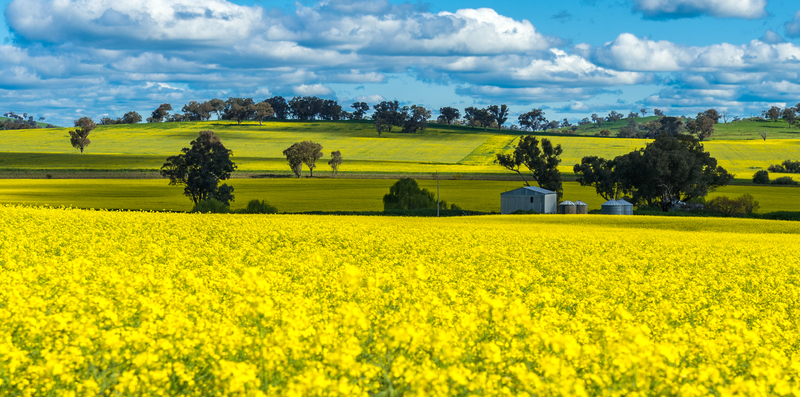
UPDATE: Australian farmland values have plummeted as the market faces a significant downturn. According to the latest report from Bendigo Bank Agribusiness, the national median price of farmland has dipped to $9,885/ha, marking a 3.1 percent decline year-on-year. This marks the first time since 2013 that growth in farmland values has stalled.
Urgent Update: The number of farmland transactions has also fallen to a record low of 3,104 sales, down 11.5 percent from the previous year and 14.9 percent below the second half of 2024. This decline is well below the five-year average of over 4,100 sales for the first half of each year, highlighting a concerning trend in the agricultural sector.
Why it matters: The sharp decline in farmland values and transactions is significant for farmers and investors alike. High land prices have limited the pool of potential buyers, with many unable to compete in a market that has witnessed rising input costs and challenging seasonal conditions.
According to Sean Hickey, Senior Agricultural Analyst at Bendigo Bank, “Ongoing consolidation of landholdings and tighter margins have curbed the buyer urgency seen throughout 2020-2023.” Properties are taking longer to sell, especially in marginal areas, raising concerns about the future of farming investments.
In detail, farmland values are not uniform across Australia. While South Australia and New South Wales are exceptions with slight increases, the overall trend is downward. For example, South Australia recorded a median price of $9,214/ha, an 18.4 percent increase year-on-year, largely due to sales concentrated in higher-priced regions.
Conversely, Queensland experienced a 3.4 percent decline, with a median price of $9,558/ha, while Victoria’s prices dropped significantly by 10.4 percent to $15,117/ha due to poor seasonal conditions. Tasmania’s median price fell by 20.1 percent to $17,575/ha, driven by high livestock prices that limited the buyer base.
The report indicates that the ongoing drought and unfavorable market conditions have created a cautious environment for potential buyers, with many adopting a “wait and see” approach. Hickey pointed out that while recent relief from interest rates has improved borrowing power slightly, farming input costs remain significantly higher than two to three years ago, pressing down on buyer sentiment.
Despite these challenges, there is a potential for renewed interest as improved seasonal conditions and easing interest rates could stimulate demand in the latter half of 2025 and into 2026. Hickey concludes, “The resurgence in livestock markets may support demand for grazing properties, even as lackluster cropping prices continue to pose challenges.”
What to watch for: Analysts will be monitoring how these trends evolve over the coming months, particularly in response to weather patterns and market adjustments. The agriculture sector is at a critical juncture, and the decisions made now will have lasting impacts.
The full Bendigo Bank Agribusiness Farmland Values Report contains comprehensive insights into these developments and is available for further reading.





